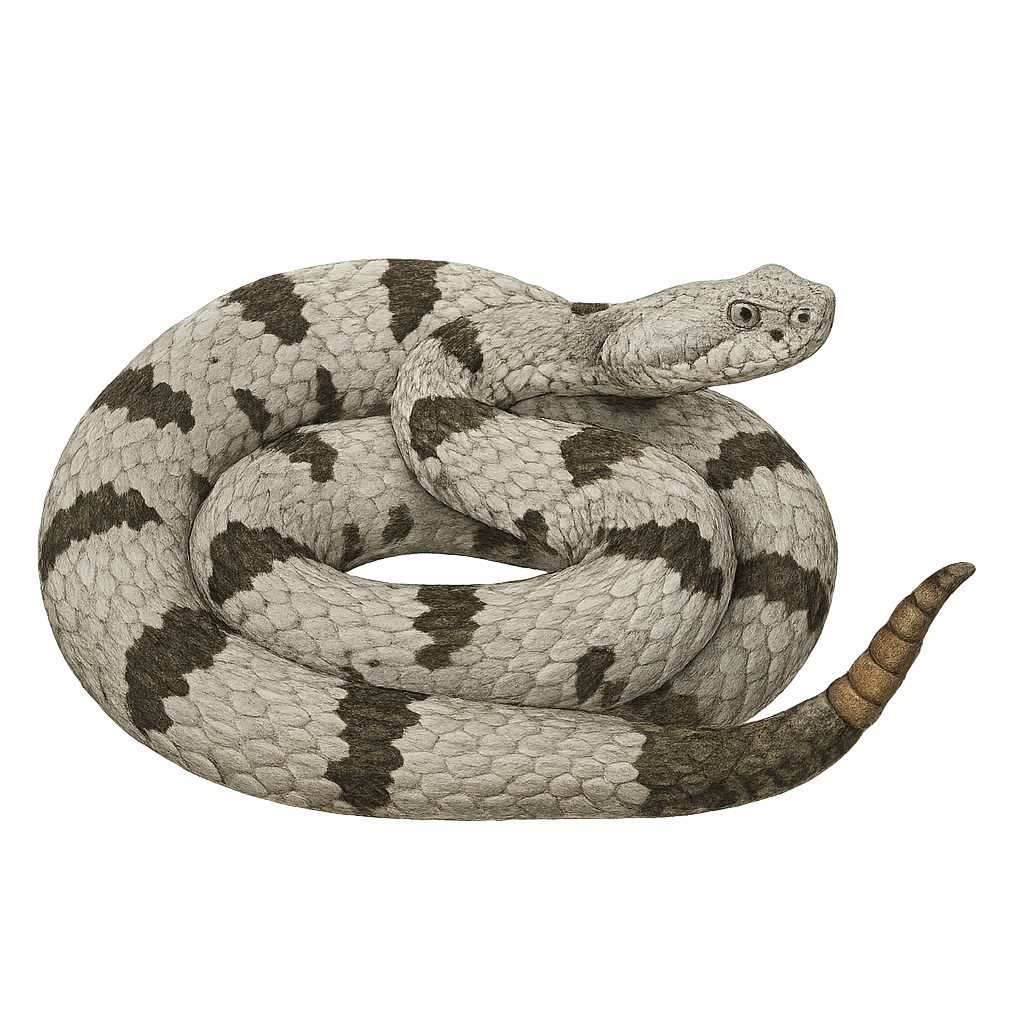Your wildlife photography guide.
Explore the rock rattlesnake in detail, study its behavior, prepare your shots.
Where to observe and photograph the rock rattlesnake in the wild
Learn where and when to spot the rock rattlesnake in the wild, how to identify the species based on distinctive features, and what natural environments it inhabits. The WildlifePhotographer app offers tailored photography tips that reflect the rock rattlesnake’s behavior, helping you capture better wildlife images. Explore the full species profile for key information including description, habitat, active periods, and approach techniques.
Rock Rattlesnake
Scientific name: Crotalus lepidus

IUCN Status: Least Concern
Family: VIPERIDAE
Group: Reptiles
Sensitivity to human approach: Suspicious
Minimum approach distance: 3 m
Reproduction period: April to May
Incubation: 4 mois
Births: April to May
Habitat:
Rocky areas, arid zones, mountains
Activity period :
Mainly active at night, generally discreet during the day.
Identification and description:
The Rock Rattlesnake, or Crotalus lepidus, is a medium-sized venomous snake, typically measuring between 50 and 70 cm in length. It is characterized by its gray or brownish coloration, often marked with dark crossbands, allowing it to blend into its rocky environment. This snake is primarily found in the mountainous regions of the southwestern United States and northern Mexico. It prefers rocky and arid habitats, where it can easily hide. Although venomous, it is generally not aggressive towards humans and prefers to flee rather than bite.
Recommended lens:
Macro – adjust based on distance, desired framing (portrait or habitat), and approach conditions.
Photography tips:
To photograph the Rock Rattlesnake, it is advisable to use a macro lens to capture the details of its skin and distinctive patterns. Make sure to maintain a safe distance of at least 3 meters to avoid disturbing it. Choose crepuscular hours for photography, as it is more active during these times. Use a tripod to stabilize your camera and achieve sharp images, especially in low light conditions.
The WildlifePhotographer App is coming soon!
Be the first to explore the best nature spots, track rutting seasons, log your observations, and observe more wildlife.
Already 1 432 wildlife lovers subscribed worldwide

